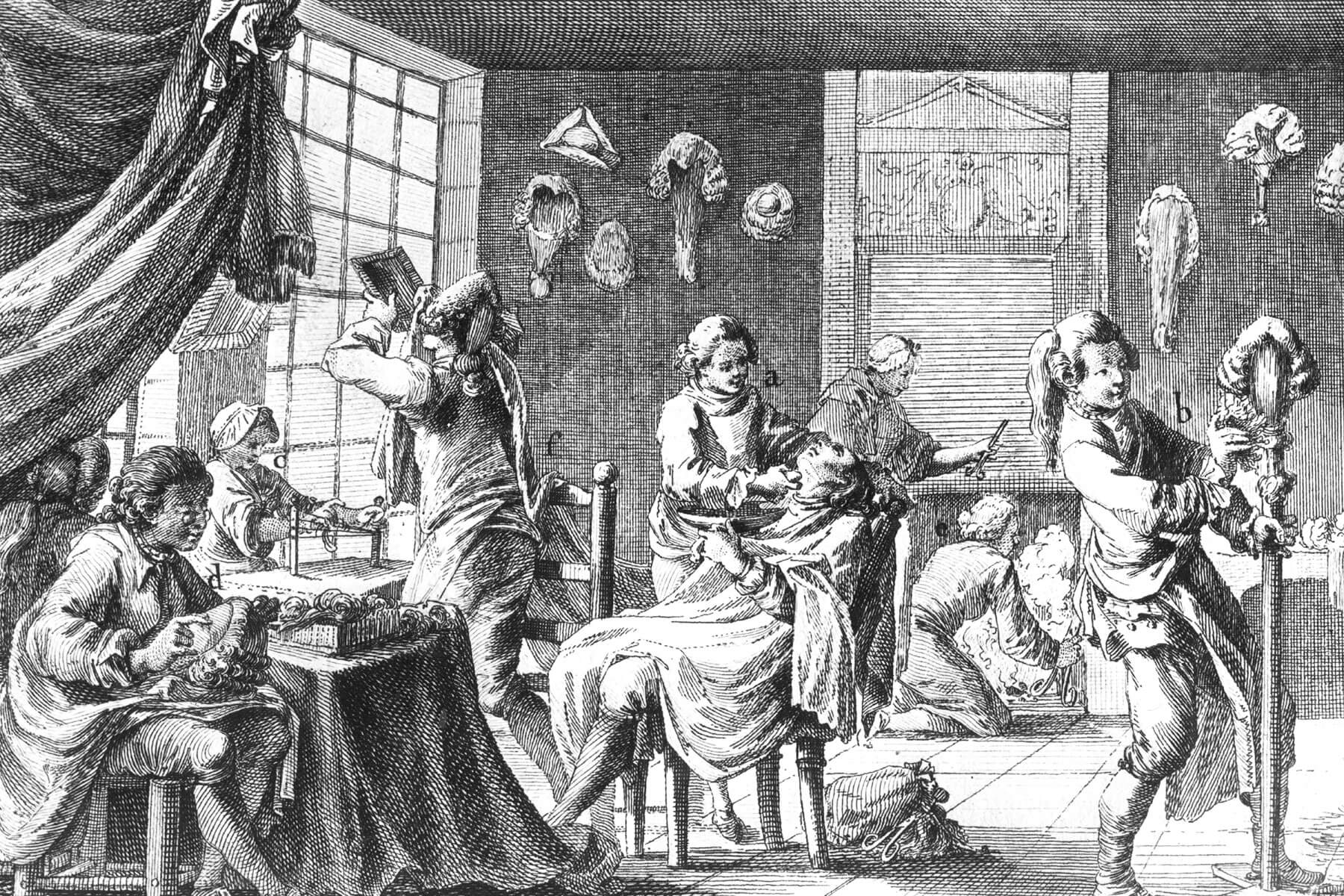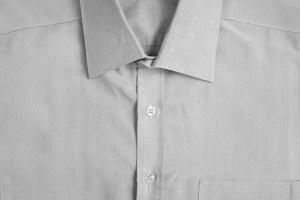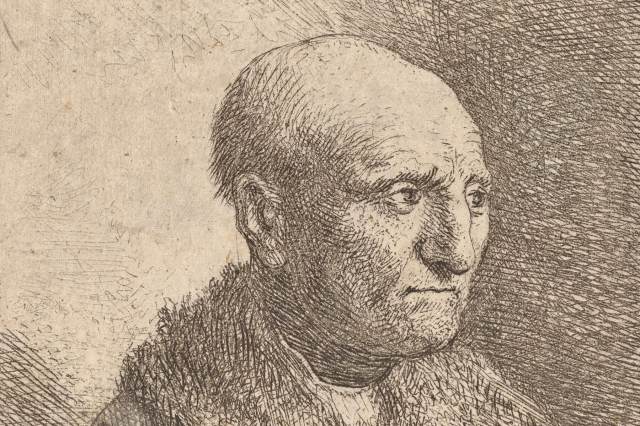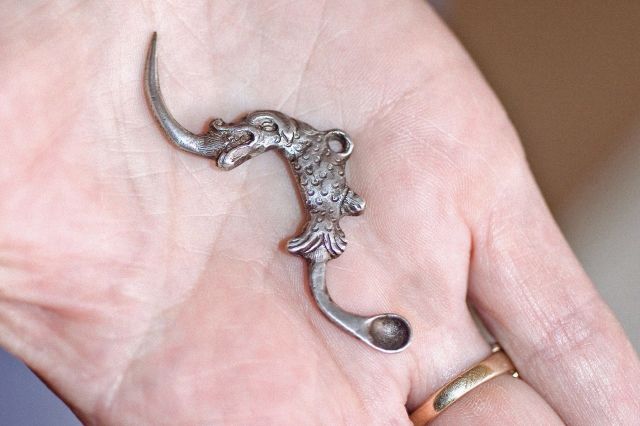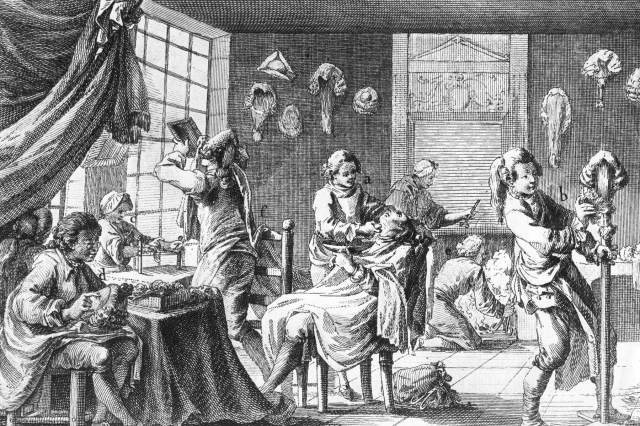Surprising Grooming Etiquette From the Past
Long before the advent of mechanical showers, nail clippers, and electric razors, people’s personal grooming habits were far different than they are today. Many modern grooming tools weren’t invented until the late 19th and early 20th centuries, which left anyone who lived before that with limited options, creating some hygiene habits that seem quite unusual today. Here’s a look at some of the strangest personal grooming etiquette in the history of the Western world.
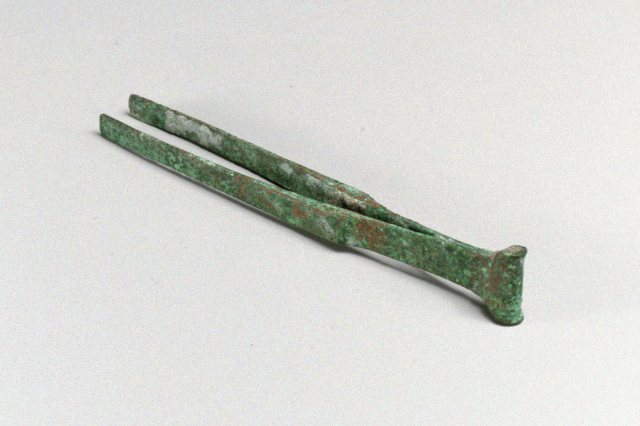
Romans Tweezed Their Bodies
Hair removal has been practiced for ages, but some ancient Romans took the practice to a whole new level. In Roman society, body hair was viewed as an unfavorable trait for both genders. Romans believed maintaining a clean-shaven look helped differentiate them from the uncouth “barbarians” elsewhere in the region. Men also removed their body hair for athletic purposes; athletes were admired for their hairless aesthetic at the time, as smooth skin meant less for an opponent to potentially grab onto. Romans used pumice stone to remove stubble and an early razor called a novacila to achieve a closer shave. But tweezers were among the preferred methods when it came to getting rid body hair — from head to toe.
Many people opted to painstakingly remove each strand of hair using a pair of tweezers, which produced a smoother effect than the rudimentary razors and scrubs that were available at the time. In 2023, archaeologists uncovered more than 50 sets of these grooming devices from the ancient Roman city of Wroxeter in modern-day England. Tweezers were a popular tool of choice because they were cheap to make and didn’t pose any risk of serious harm. That said, plucking out body hair with tweezers was a painful process: The Roman politician Seneca once wrote a letter complaining about the loud shrieks coming from the Roman baths where people had their hair pulled out. Rather than tweeze the hair themselves, many Romans often relied on enslaved people to remove their hair for them, especially around the armpit area, where hair was considered particularly undesirable.





